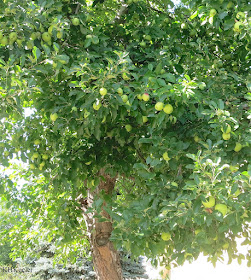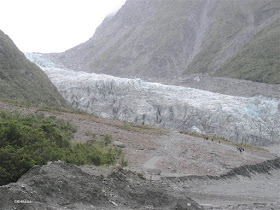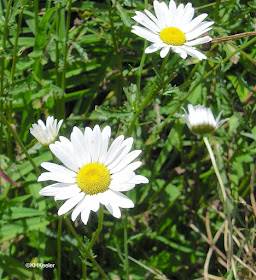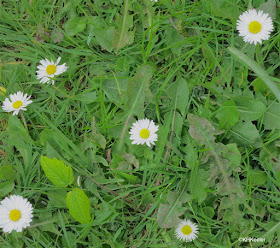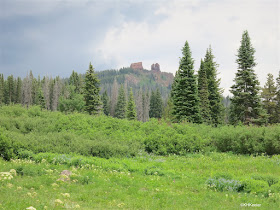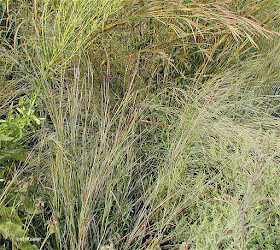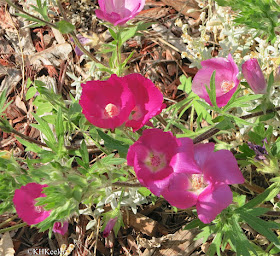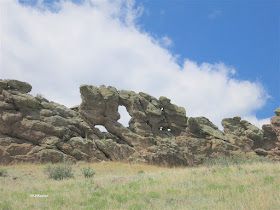Grape hyacinths are pretty blue spring flowers, in my yard aggresively seeding in everywhere. Lets call them "easy to grow."
My grape hyacinths are in the genus
Muscari but that common name is also used for plants in the closely-related genera
Leopoldia and
Pseudomuscari. None of them are especially closely related to garden hyacinths (genus
Hyacinthus) although all of them are in the asparagus plant family (Asparagaceae). Originally botanists lumped grape hyacinths into
Hyacinthus but in 1754 the grape hyacinths were split out of
Hyacinthus and in 1970
Leopodia and
Pseudomuscari were recognized as separate from
Muscari. Muscari means "musk" in Greek, relating to its scent.
Leopoldia is for Grand Duke Leopold II of Tuscany.
Pseudomuscari is "imitation muscari", that is very like
Muscari but not the same.
Native to the Middle East, they have been popular garden flowers in Europe since the 1500s. All three genera are widely grown in Europe but only
Muscari is widely grown in North America.



